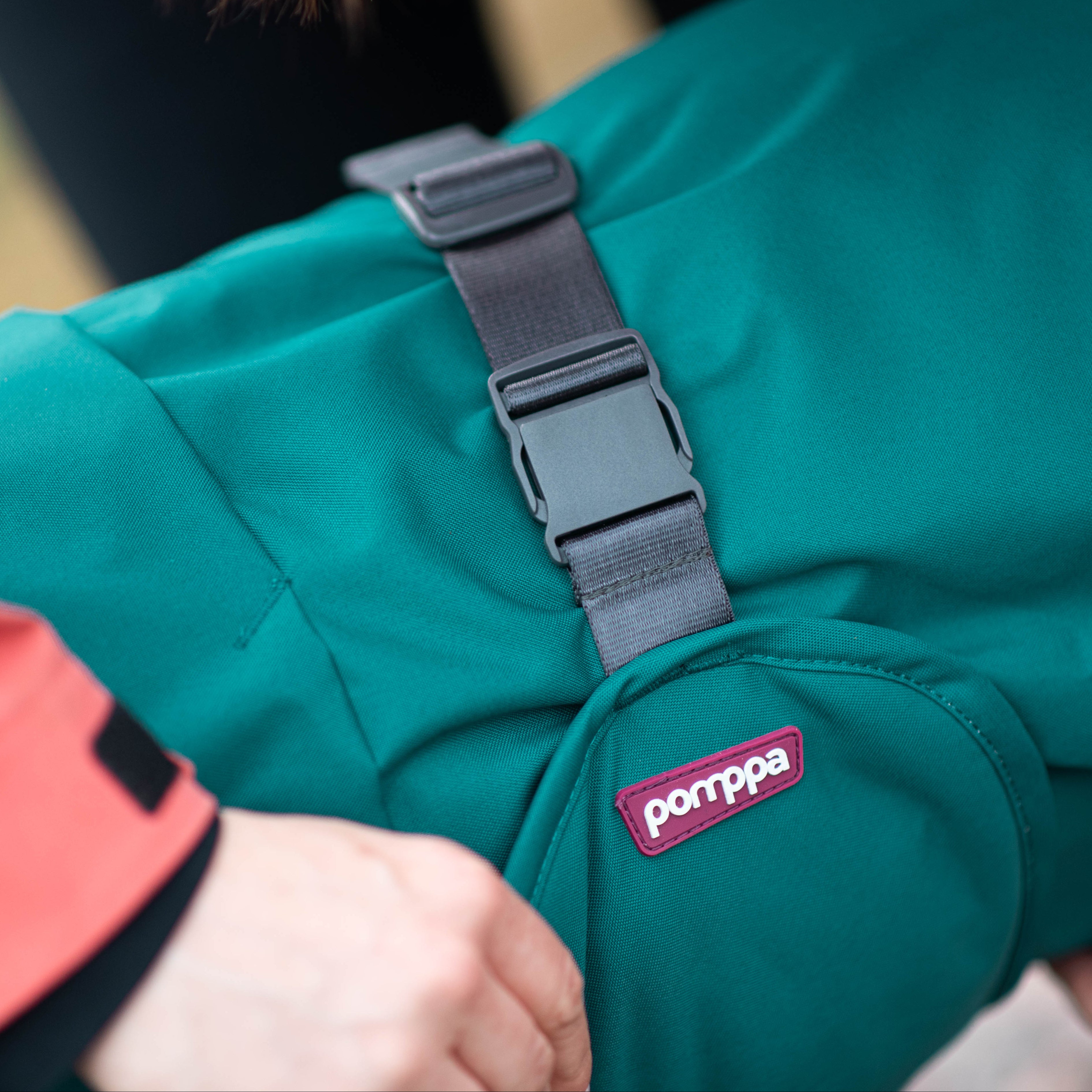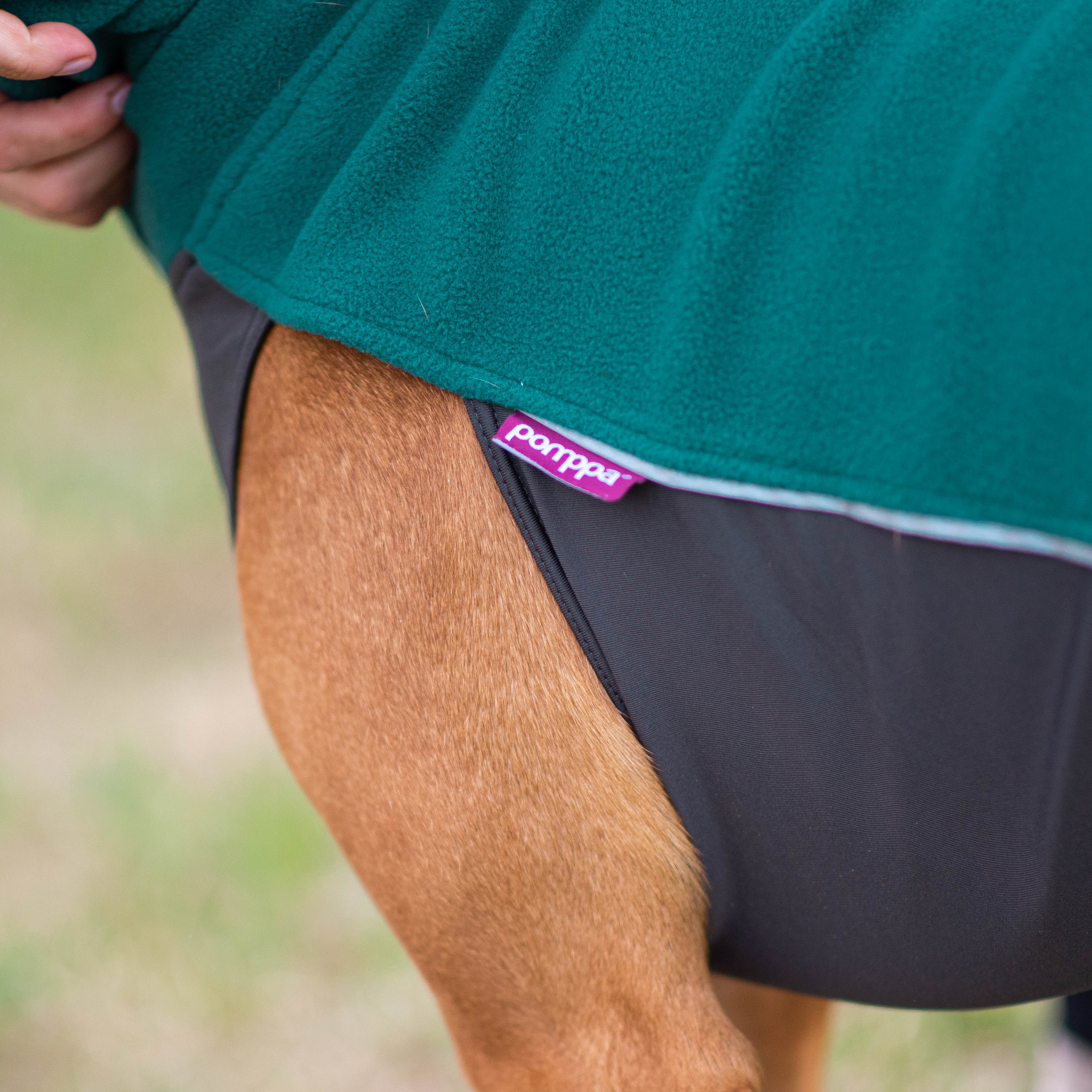Pomppa’s carbon footprint was calculated for the fourth time in 2024, using OpenCO2net Oy’s carbon footprint calculator, specifically designed for companies in the textile industry and based on the Global Greenhouse Gas Protocol. This year’s assessment was more detailed than ever, covering not only emissions from our own operations but also those generated throughout the life cycle of our products.
We are committed to tracking and reducing our carbon footprint as part of our broader sustainability efforts. While our carbon footprint calculator – developed in collaboration with the Finnish Textile and Fashion Association (STJM) – has evolved over the years, it had previously offered only a partial view of our total emissions.One key issue was that the tool did not include emissions from product manufacturing in countries like China. Because these emissions fall under subcontracted production, they are categorized as indirect emissions and were not covered in our earlier calculations, which focused mostly on our direct emissions.In spring 2024, after gaining a deeper understanding of sustainability reporting, we identified this gap. We requested an update to the calculator, and as a result, our emissions reporting is now more comprehensive. The updated tool now includes a more broader view of Scope 3 emissions, giving a more honest picture of the climate impact of our products. Although this change has led to a significant increase in reported emissions, it marks a positive step toward greater transparency. It also allows us to target reductions more effectively across our entire value chain.We remain committed to the STJM Carbon Neutrality 2035 agreement – and, more importantly, to continuously improving our sustainability work.
Pomppa’s total carbon footprint in 2024 was 656 tonnes of CO₂e. This represents an increase of approximately 230% compared to the previous year. This jump is primarily due to the inclusion of the indirect emission, which were previously unaccounted for.The largest share of our emissions, around 95%, comes from the procurement of textile fibres, particularly fabrics.Despite the increase in total emissions, we’ve made clear progress. For example, by increasing the use of recycled materials, we’ve managed to cut emissions from textile fibres. In fact, we halved our use of virgin polyester and virgin acrylic compared to the previous year.






